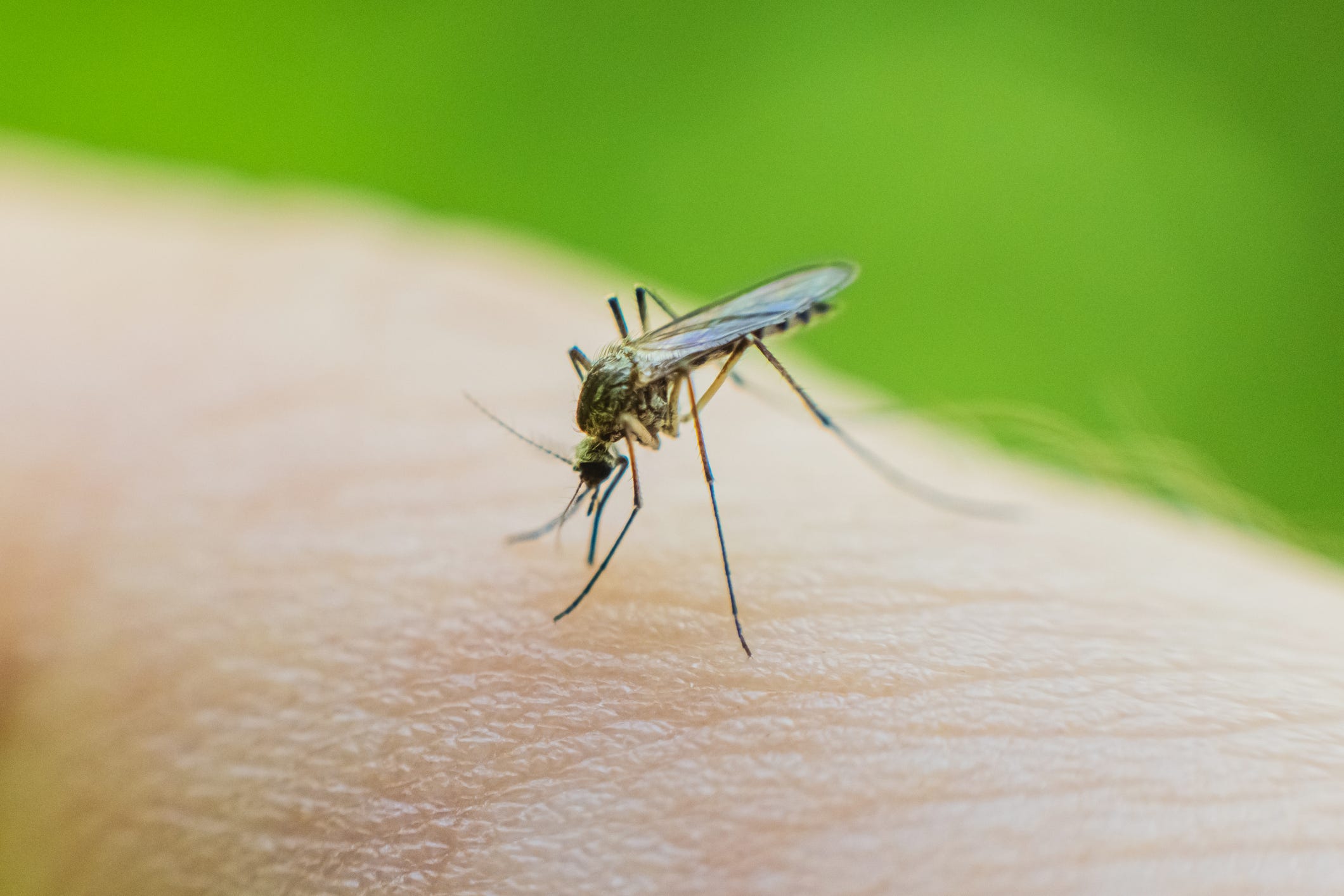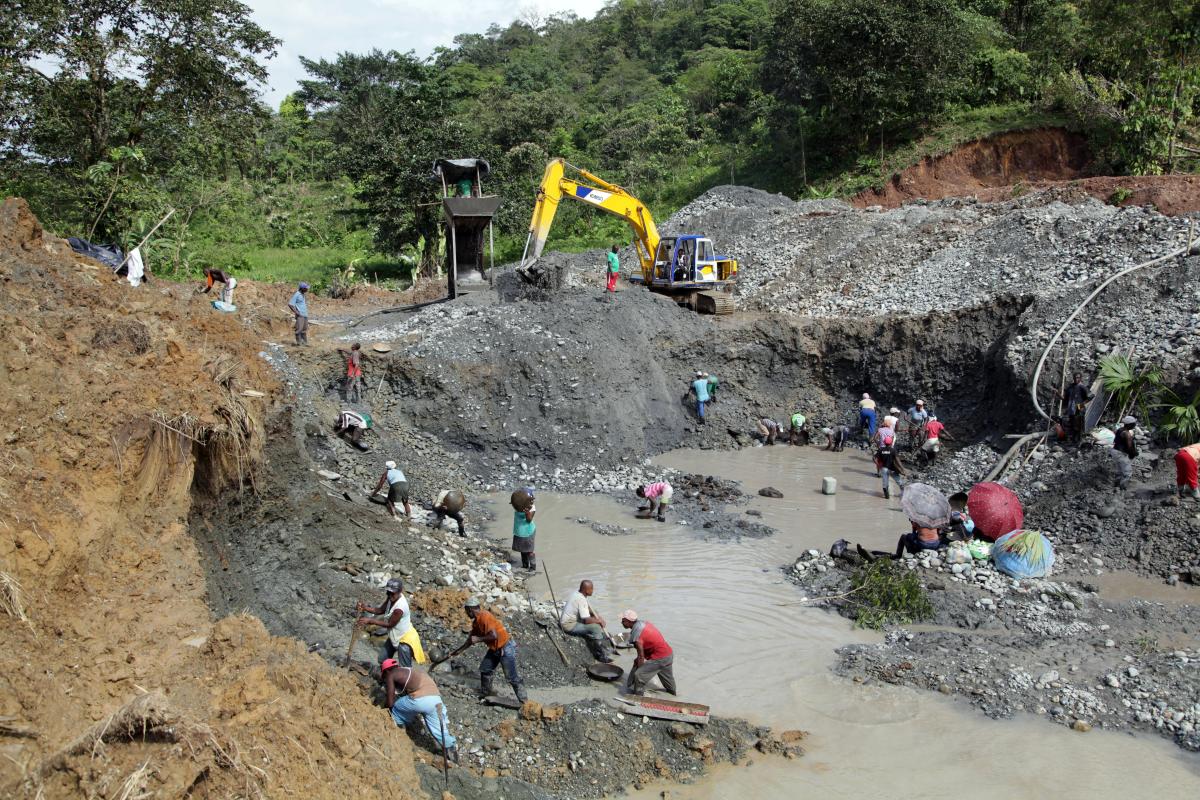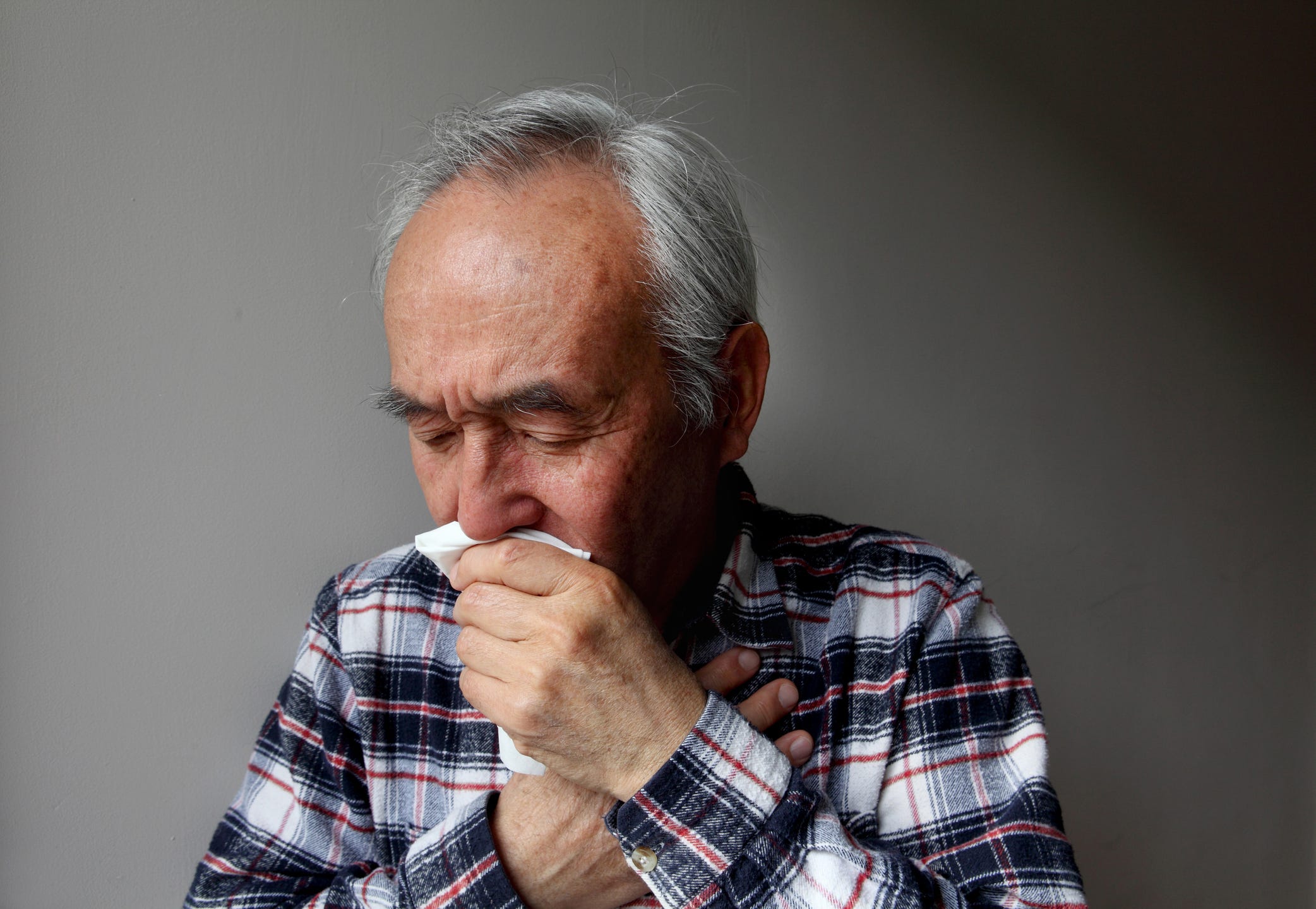

Illegal small-scale gold mining, known as galamsey, has been linked to a variety of serious health problems, affecting not only the miners themselves but also the wider community.
The environmental degradation and pollution caused by galamsey activities lead to direct and indirect health risks. Here are some of the key health problems associated with galamsey:
1. Mercury poisoning
Neurological damage: Mercury is commonly used in galamsey to extract gold from ore. Exposure to mercury, especially in the form of inhaled vapours or through contaminated water and food, can lead to severe neurological damage.
Symptoms include tremors, memory loss, cognitive impairments, and coordination problems. Chronic exposure can result in permanent brain damage and developmental issues in children.
Kidney damage: Mercury exposure can also affect the kidneys, leading to renal dysfunction and failure. Over time, the accumulation of mercury in the kidneys can impair their ability to filter waste from the body.
2. Respiratory problems
Inhalation of toxic fumes: The burning of mercury to extract gold releases toxic fumes into the air, which can be inhaled by miners and nearby residents. This can cause acute respiratory issues, such as coughing, shortness of breath, and chronic bronchitis.
Particulate matter: Dust generated from mining activities contributes to air pollution. Inhaling fine particles can exacerbate respiratory conditions such as asthma and lead to chronic obstructive pulmonary disease (COPD).

3. Waterborne diseases
Contaminated water sources: Galamsey often results in the contamination of rivers, streams, and groundwater with mercury, cyanide, and other chemicals.
This can lead to the spread of waterborne diseases, such as cholera, dysentery, and diarrhoea, when people consume or use contaminated water for drinking, cooking, and bathing.
Heavy metal poisoning: Aside from mercury, other heavy metals such as lead and arsenic may be present in mining areas.
Long-term exposure to these metals through contaminated water can lead to serious health issues, including cancer, liver damage, and developmental problems in children.
4. Skin conditions and infections
Direct contact with polluted water: Miners and community members who come into direct contact with contaminated water bodies may develop skin rashes, infections, and sores. Prolonged exposure to toxic chemicals in water can also cause dermatitis and other skin conditions.

5. Malnutrition
Disruption of agriculture: Pollution from galamsey activities can destroy agricultural land, reduce crop yields, and affect food supply.
This can lead to malnutrition, especially in communities that rely on farming for their livelihood. Malnutrition weakens the immune system, making people more susceptible to infections and diseases.
6. Vector-borne diseases
Increase in Mosquito Breeding Sites: Mining activities often create stagnant water bodies, which serve as ideal breeding grounds for mosquitoes.
This can lead to an increase in mosquito-borne diseases such as malaria, dengue fever, and Zika virus, posing a significant public health risk in affected communities.

The indirect health impacts of galamsey are profound, affecting not only those directly involved in the mining activities but also the wider community. Addressing these health impacts requires urgent and coordinated efforts to regulate and mitigate the effects of illegal mining activities.
Read Full Story
























Facebook
Twitter
Pinterest
Instagram
Google+
YouTube
LinkedIn
RSS